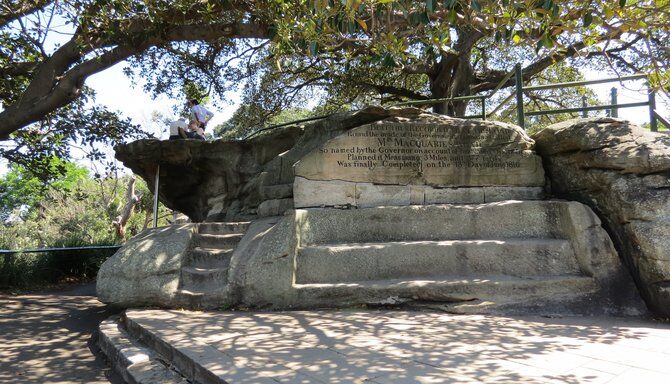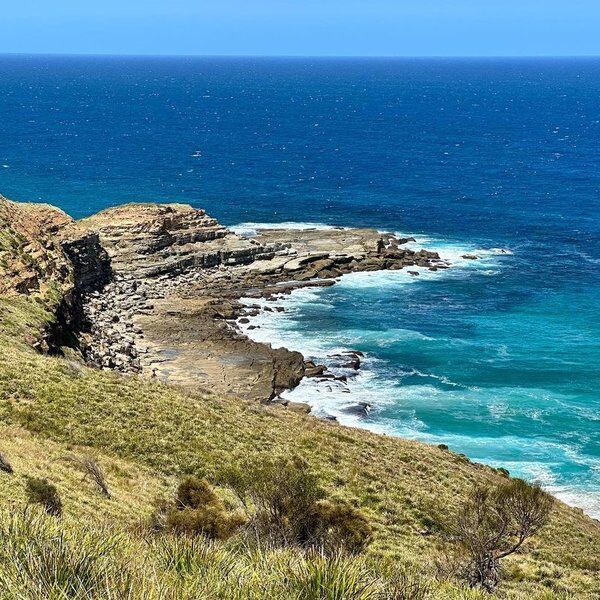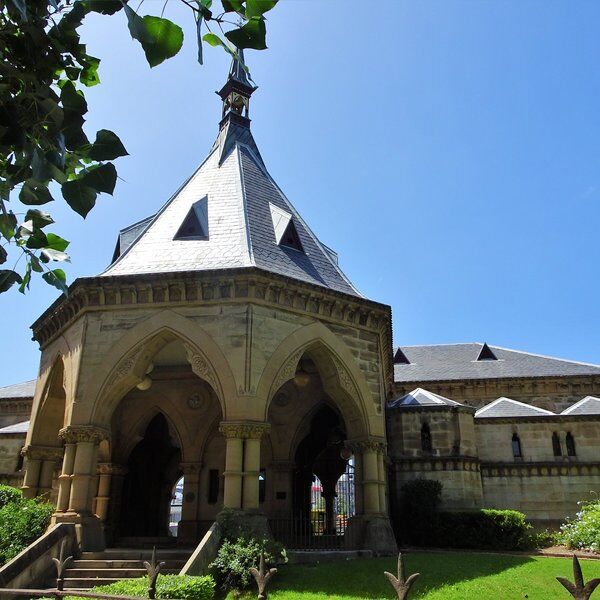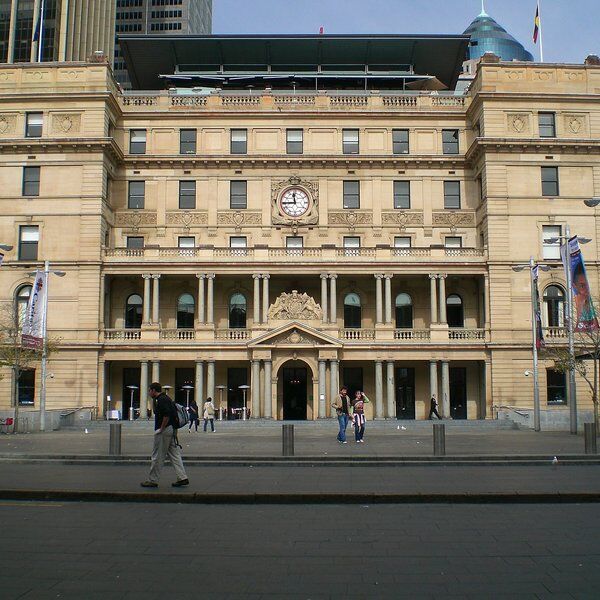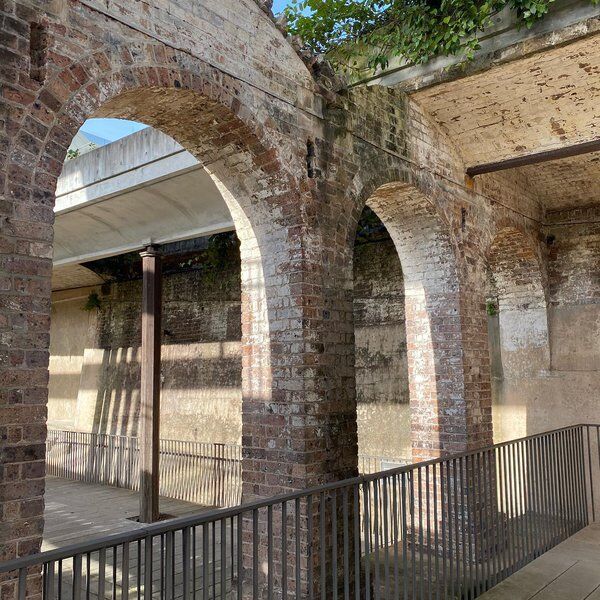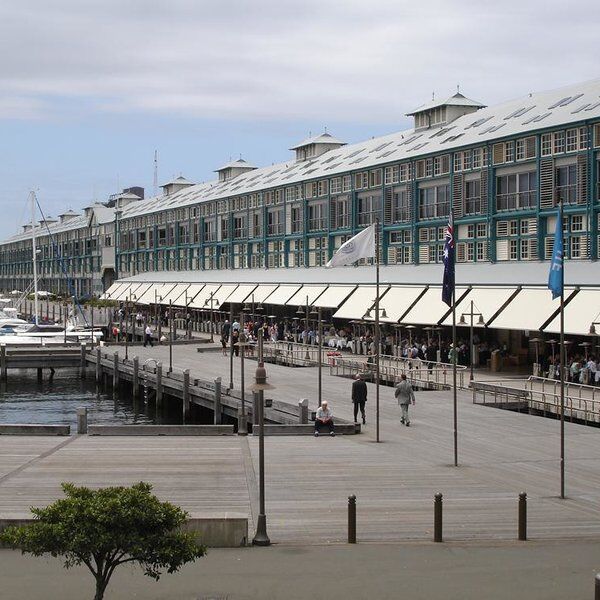
Discovering Mrs. Macquarie’s Chair
Mrs Macquarie's Chair, also referred to as Lady Macquarie's Chair, is perched on a peninsula at the northeastern fringe of the Royal Botanic Gardens, within Sydney Harbour. According to folklore, this distinctive rock formation was commissioned for Elizabeth Macquarie, the wife of Major-General Lachlan Macquarie, then Governor of New South Wales. Originally known to the Gadigal people as Yurong Point, the peninsula has since been christened Mrs Macquarie's Point, in line with naming the area in honour of the general's wife.
Today, Mrs Macquarie's Chair is an important Sydney landmark, situated between Garden Island to the east and Bennelong Point to the west, that many tourists and locals enjoy venturing to. From this charming and tranquil seat they can view one of the world’s most famous harbours.
Visitors can easily access the chair by taking the Sydney Explorer Route and disembarking at stop number 5, or by using the train services to Circular Quay, followed by a short stroll. For those arriving by bus, alighting at the Art Gallery is recommended. Paid parking facilities are also available nearby for motorists.

Who was Mrs Macquarie?
Early Life and Marriage
Elizabeth Henrietta Macquarie, born in 1778, was the youngest daughter of John Campbell of Airds, Scotland. She married Colonel Lachlan Macquarie, her distant cousin, in 1807. Despite a significant age gap, their marriage was filled with mutual admiration and shared aspirations.
Lachlan Macquarie's appointment as governor of New South Wales in 1809 led them to embark on a transformative journey to Australia, where side by side they supported each other’s visions for the colony.
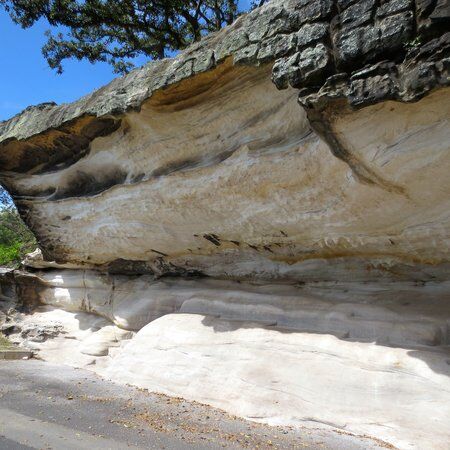
Contributions in New South Wales
Once in Sydney Macquarie and his wife immediately began shaping the landscape and society of New South Wales. Elizabeth Macquarie actively engaged in social welfare, particularly advocating for the well-being of women convicts and Aboriginals. And her husband enforced progressive policies on convict reform and public infrastructure. Despite facing criticism and investigations towards the end of his term, Macquarie's contributions to the development of Australia are widely recognised.
Elizabeth also demonstrated a keen interest in gardening and agriculture, collaborating with Elizabeth Macarthur to introduce innovative practices such as hay-making. She even oversaw the development of the Botanical Gardens, after her husband designated a portion of his Governors Domain to its construction.
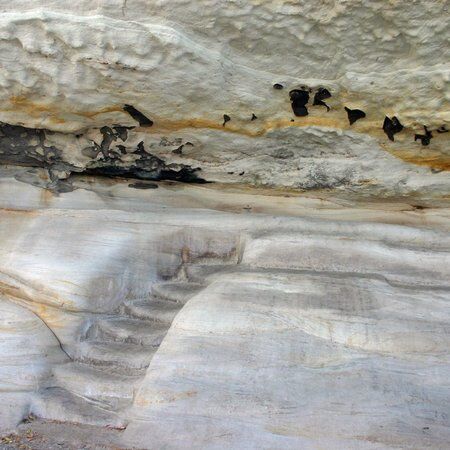
Life After Governorship
Following Macquarie's resignation as governor in 1820, the couple returned to Britain, settling at Jarvisfield estate on Mull. Despite Macquarie's declining health, Elizabeth remained devoted to him until his passing in 1824. She continued to reside at Jarvisfield, supported by a government pension. Elizabeth passed away in 1835, leaving behind a legacy that continues to be celebrated in Sydney and other areas of New South Wales.
Today, their influence is evident in various aspects of Sydney's heritage, from the architectural landscape to place names like Elizabeth Bay and Campbelltown. Old Government House in Parramatta has been restored to reflect Elizabeth's eclectic tastes in furnishings and decor, blending English and Indian styles.

The Origins of Mrs Macquarie’s Chair
The genesis of Mrs Macquarie's Chair dates back to the early 19th century when convicted labourers crafted the bench from exposed sandstone, within a rock overhang. Legend has it that Mrs. Macquarie would often sit atop the rock, and after its creation, the chair afforded her a more comfortable perch from which she could survey the bustling harbour, yearning for glimpses of ships travelling to and from her homeland. Little did she know that this view would evolve into one of the world's most recognisable harbour panoramas, featuring iconic landmarks such as the Sydney Opera House and the Sydney Harbour Bridge.
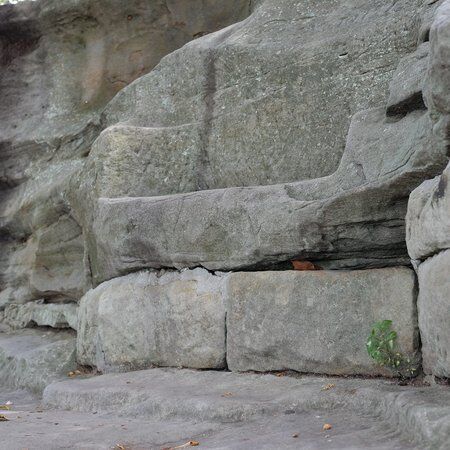
Mrs. Macquarie’s Road
Inscribed above the chair is a dedication to "Mrs. Macquarie’s Road," a significant aspect of the chair's history. This road, constructed between 1813 and 1816, connected Mrs. Macquarie’s Point to the original Government House, which is now the Museum of Sydney. Governor Macquarie commissioned the construction of this road specifically for the convenience of his wife, highlighting his devotion to her. Although the road itself has vanished, remnants such as the Macquarie Culvert and a protective wall still exist in the nearby Royal Botanic Gardens.
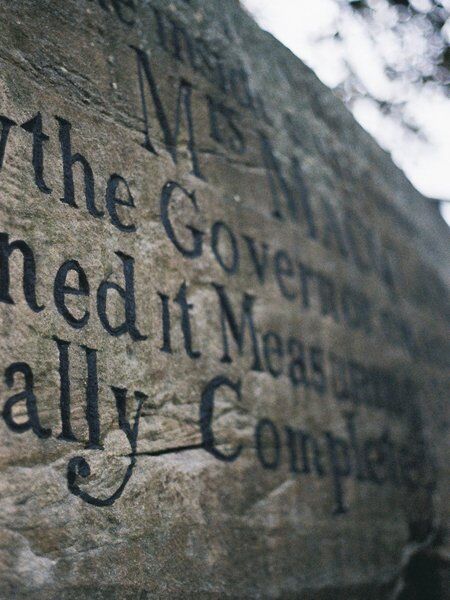
Connection to Aboriginal Heritage
While known today as Mrs. Macquarie's Chair, the site has a much deeper history dating back thousands of years before European settlement. Indigenous Australians inhabited the area, utilising its resources for fishing and sustenance. Although much of the evidence of their presence has been obscured by landscaping and development, at least two Aboriginal sites remain, attesting to the enduring connection between the land and its original custodians. Today, efforts to preserve the site's historical and cultural significance continue, with initiatives aimed at protecting remaining Aboriginal sites.
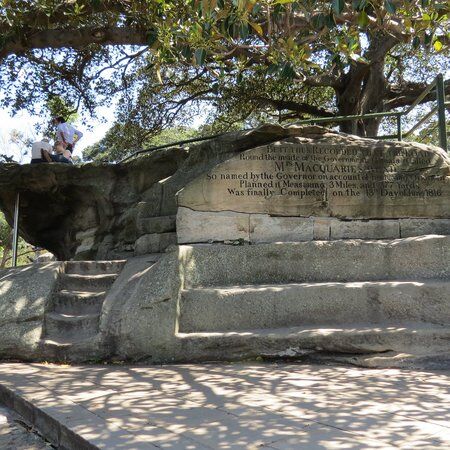
Visiting Mrs Macquarie’s Chair
Despite the passage of time, the allure of Mrs Macquarie's Chair remains undiminished. Each day, it attracts loads of Sydneysiders and tourists, drawn to the beautiful story of its love-filled creation and the views over the surrounding area. Gazing westward, one can marvel at the Harbour Bridge stretching across the horizon, and the Blue Mountains cresting in the distance. To the north and east, keep an eye out for landmarks such as Kirribilli House, Pinchgut Island, and the Woolloomooloo Navy dockyards.
One of the most enchanting experiences at Mrs. Macquarie’s Chair is witnessing the sunset over Sydney Harbor. As the sun dips below the horizon, casting a golden glow over the nearby landmarks, visitors are treated to a spectacle of light and colour that is nothing short of mesmerising.
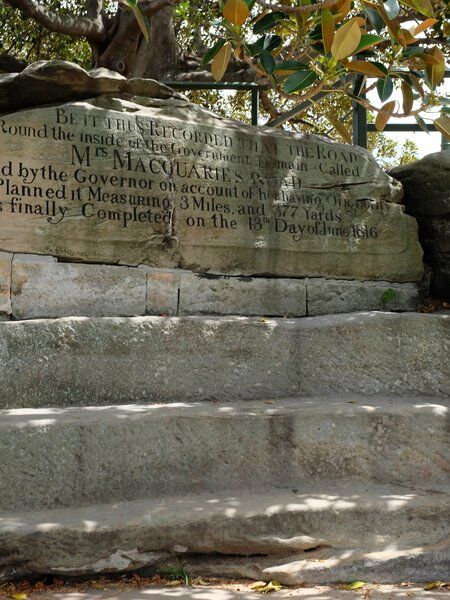
Tips for Visitors to Mrs Macquarie’s Chair
- Timing is Key: For the best experience, plan your visit during sunrise or sunset to witness the harbour bathed in golden hues.
- Comfortable Footwear: Be prepared for a short walk from the nearest entrance to the Royal Botanic Garden to Mrs. Macquarie’s Chair.
- Bring a Camera: Don’t forget to capture the breathtaking views and memorable moments during your visit.

Interested in finding more like Wattamolla Beach? Why not try one of our Scavenger Hunts in Sydney - work as a team to overcome cryptic riddles and allow yourselves to be swept off the beaten track on a journey to discover all the quirky bars and unusual sites Sydney has to offer.
